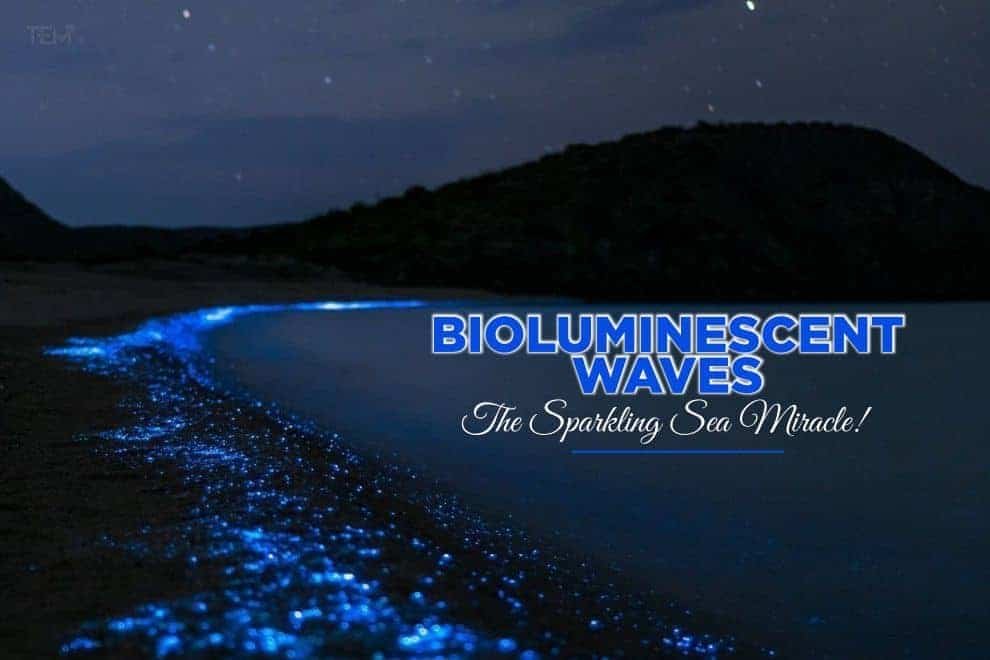There are various phenomena in nature that cause wonderment among us, humans. A lot of people, who find beauty in nature are bedazzled with— spectacular sunrise, heart-warming sunsets, and graceful wildlife. But nature’s true beauty lies in the diversity of interrelationship of her cultural, biological systems and countless life forms.
The plenty of stuff that nature offers is in the form of evolution and extinction. She is a combination of light and darkness, heat and cold, and fragility and immense power. It has been proved various times that if she can offer love and prosperity then she has the capability of taking back everything she has presented.
One such recently witnessed mind-blowing sensation is the bioluminescent waves. The bioluminescent wave causes the natural waves to glow neon blue. Seizing the absence of light, nature puts in an amazing light show during the night. Let take a closer look at this fantastic nature’s gift to us.
What makes bioluminescent waves?
The glowing waves of the beaches are created by the bioluminescence within millions of tiny dinoflagellates— primarily unicellular organisms. As the waves moved towards the shore it boosted the single-cell marine animals into action. This effect of bioluminescence in these teeny tiny creatures has been evolved as a way of scaring off predators with a quick flash of light.
How do dinoflagellates radiate bioluminescence?
The tiny creatures that produce bioluminescent waves are known to be dinoflagellates. They belong to the algae category and are also called phytoplankton or microalgae. They create their own light because of a chemical reaction between oxygen and a photoprotein called luciferin. There are several types of luciferin produced and it varies based on the type of animal that hosts the reaction. Some light-emitting animals use an enzyme—luciferase to catalyse the reaction. And thus, as a result, the seen light is of blueish green (short wave) which travels further from the ocean water than the longer wavelengths of red light.
The rarity of the ‘Red Tide’
Despite the emission of neon blue light during the night, this phenomenon is called ‘the red tide.’ An interesting feature to know about the phytoplankton— they are made of murky red colour during the day. Despite the regular phytoplankton blooms, a single unit that brings out this red tide is included in the dinoflagellate species named Lingulodinium polyedrum.
What’s interesting you ask?
These have blooming along the coast of California from Baja to Los Angeles since 1900!
Regardless of their appearance since the 1900s, there is no definite telling as to when they would appear. This happens because there is no specific timing or pattern of their appearance. So far as the blooms are taken into consideration, there’s no end sight of this mind-blowing phenomenon. It has also been noticed that this phytoplankton poses no harm neither to human life nor the marine wildlife whatsoever.
The scientific explanation of the dazzling waves!
Due to the bioluminescent bloom that appeared recently in the state of California, people have been getting inquisitive day by day. Apart from their curiosity to witness the bioluminescent waves, people are equally intriguing to know the science behind the sparkling of the sea. They want the answers to why and how the phytoplankton create the neon light in the first place. In order to answer the ‘Why,’ this phytoplankton has been evolved to emit the light for self-defence and to stay off from the predators. Firstly, the immense flashlights help in startling or temporary blinding the predators.
This in turn helps in disrupting the feeding behaviour of predators. Secondly, the light emitted acts as a burglar alarm to lay off the marauders. The phytoplankton signals the bigger predators to notify them about the smaller predators that they might be interested in. Allowing them to generate energy from sunlight during the day, the phytoplankton are defended at night—the time these are most vulnerable to marauders.
Whilst, on the other hand, to answer the ‘How these microscopic creatures emit light’—has a much complex answer. By now, we know that these planktons generate bioluminescent light by some undetermined mechanism of rapid movement or detected pressure. To better understand, the emittance is the result of some chemical reactions within the cell. This involves a large reduction in pH levels. As previously seen, this oxidation process that takes place because of an influx of protons called luciferin. The chemical shift takes place within 20 milliseconds and thus creates a short burst of visible energy—lasting for about a tenth of a second. Though this is a single reaction, it is a rapid process.
Food for thought?
Single plankton spends the entirety of luciferin to produce light and will be unable to produce more until it has ‘recharged’ during the daytime!
An intriguing fact about ocean life—not only some animals but also some plants radiate bioluminescence as a survival mechanism.
Thus, when we see the magical glow of these bioluminescent waves, what we truly see are the millions of planktons emitting a series of rapid single flashes. Consequently, making the view even more spectacular and magical.
Where to witness the enchanting bioluminescent waves?
All the nature-loving people might be interested to observe the allure of the bioluminescent waves in the sea. Without having to plumb into the vastness of the ocean, you can witness the magnificent displays of life. If you just might get the timings right, you can watch the marvellous bioluminescent waves.
Here’s a list of the beaches you can visit if you are as dazzled by the phenomenon as everyone else is:
- Torrey Pines State Beach, San Diego, California
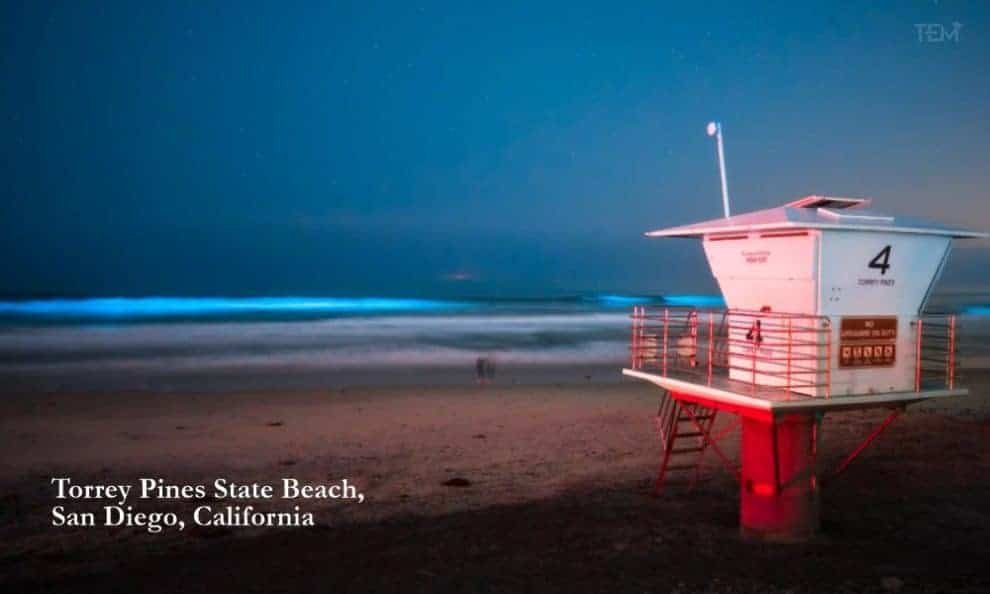
- Mosquito Bay, Vieques, Puerto Rico
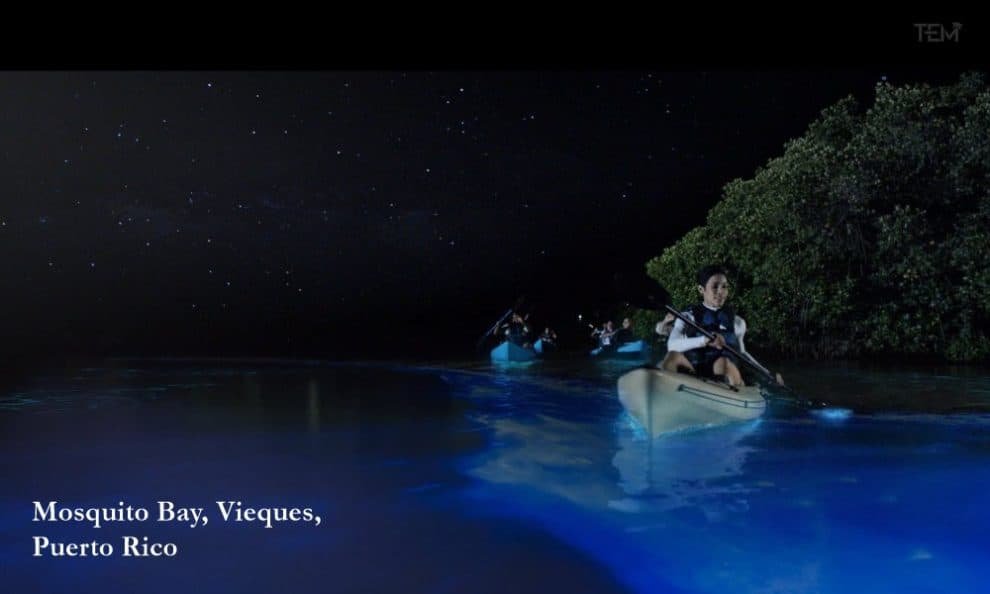
- Jervis Bay, Australia
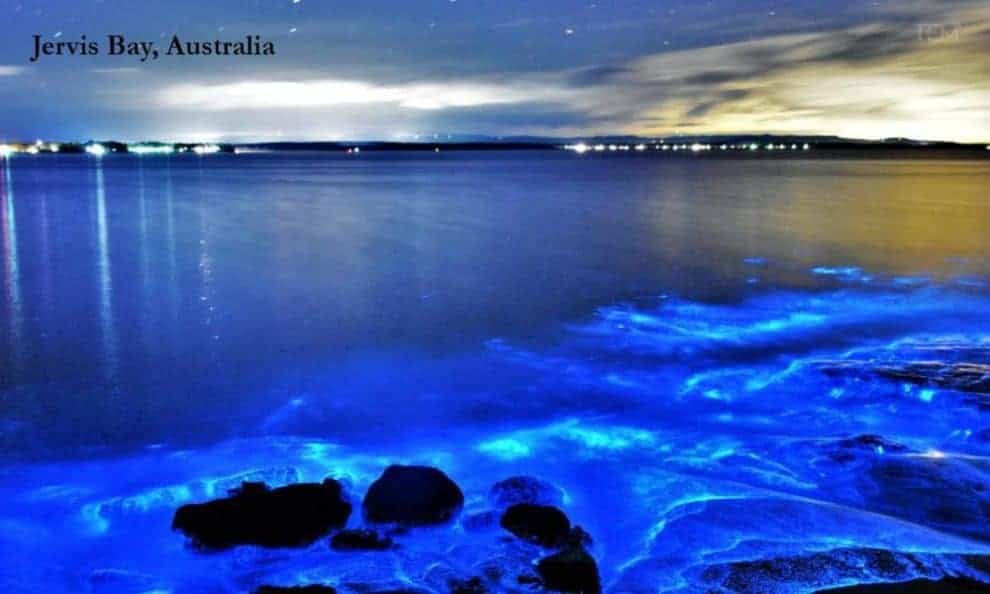
- Vaadhoo Island, Maldives

- Space Coast Kayaking Tour, Florida
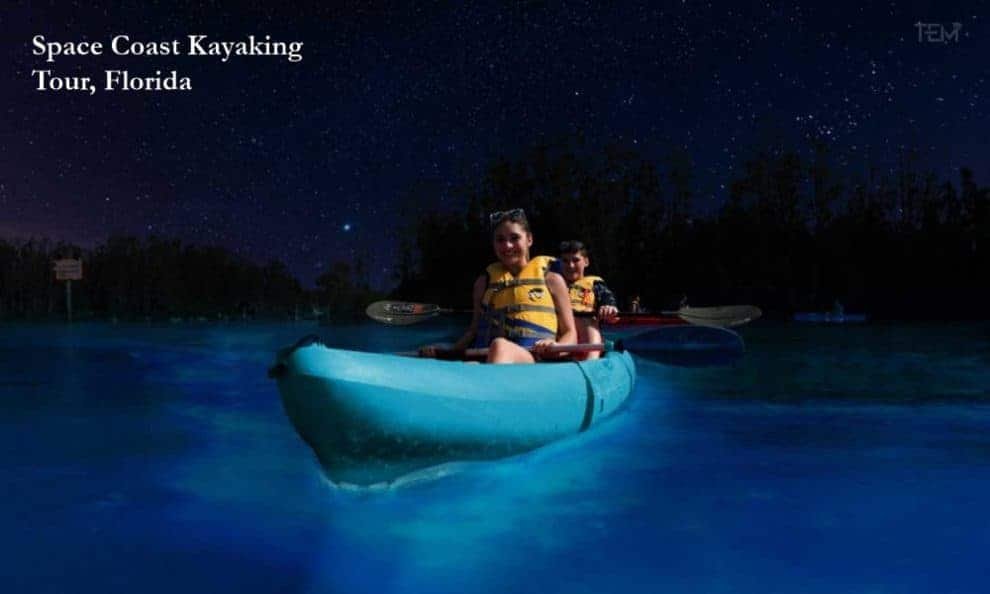
- Punta Cocos Beach, Holbox Island, Mexico
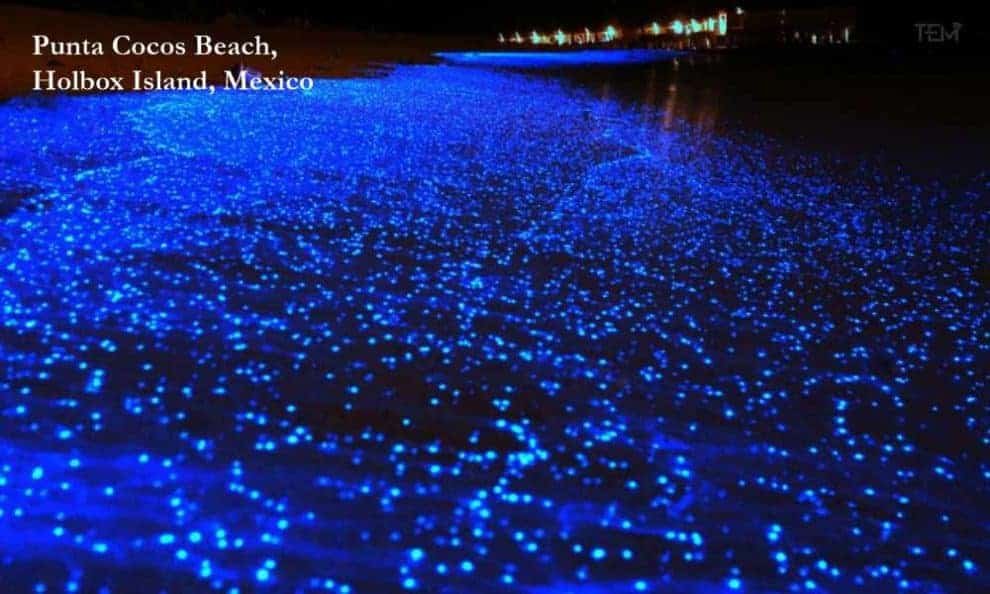
- Preservation Bay, Tasmania
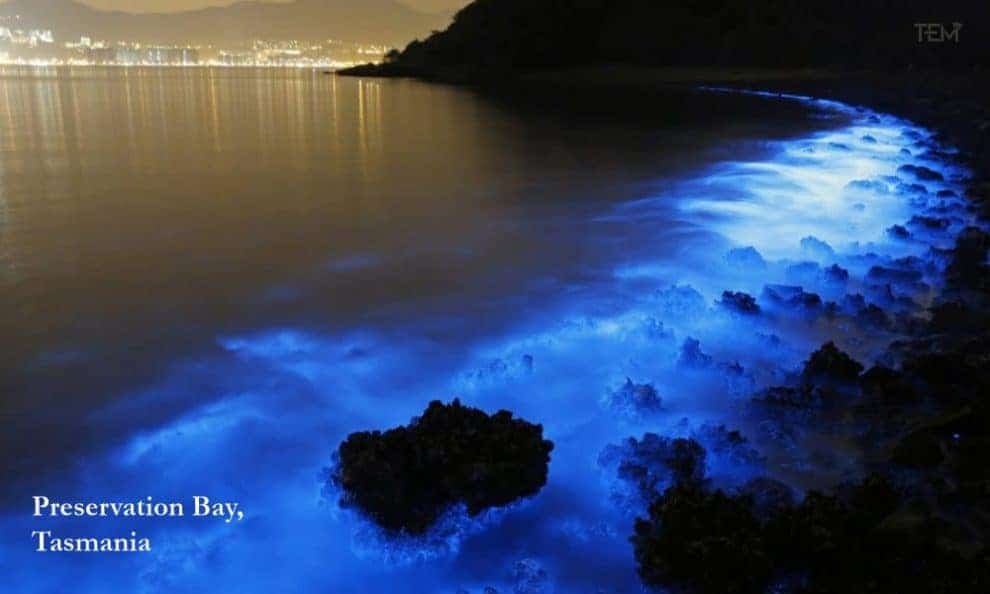
- Blue Grotto, Malta
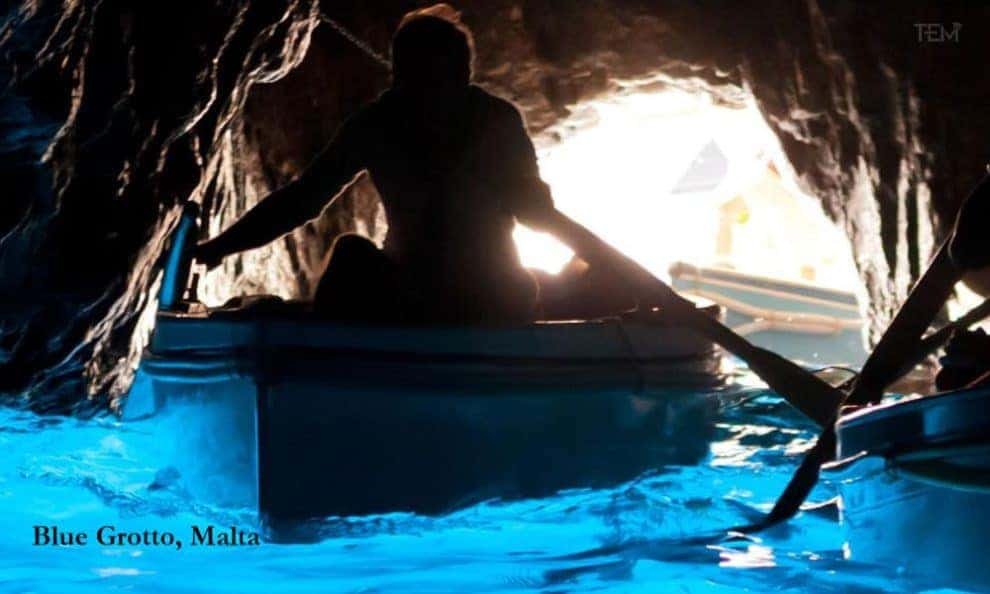
- Waipu Caves, New Zealand
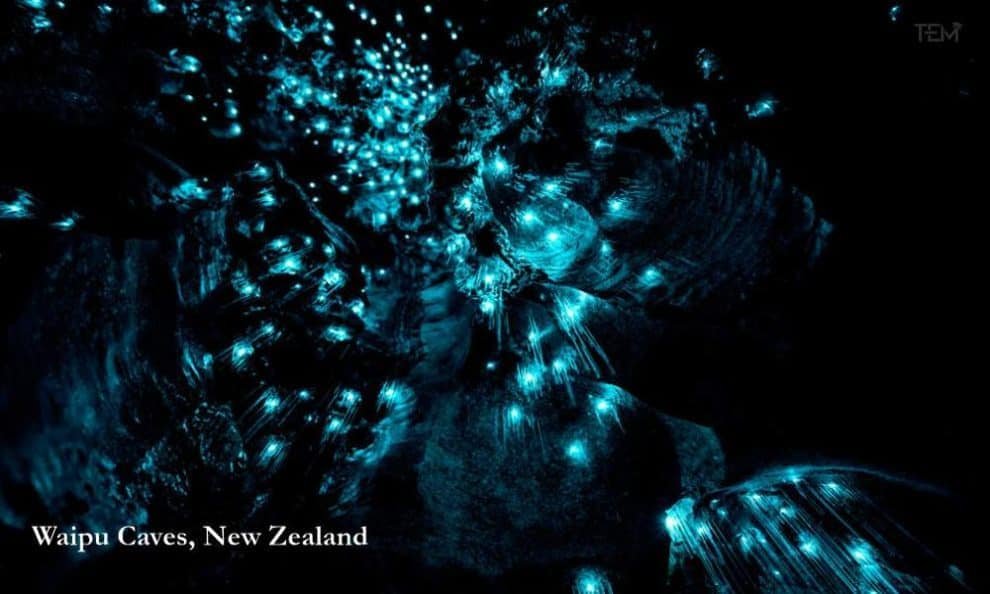
Witnessing such a phenomenon tends to give a certain feeling of pleasure and satisfaction. It truly makes us wonder about marine life and about the numerous other natural sensations that haven’t been discovered and witnessed yet. Nature, indeed, is a true piece of art that makes us fall in love with her. The more we watch nature’s raw beauty, the more we admire her. Nature always puts on a stunning show for us!
Also Read, The Real Tarzann: Michael Holston Stresses New Animal Education
